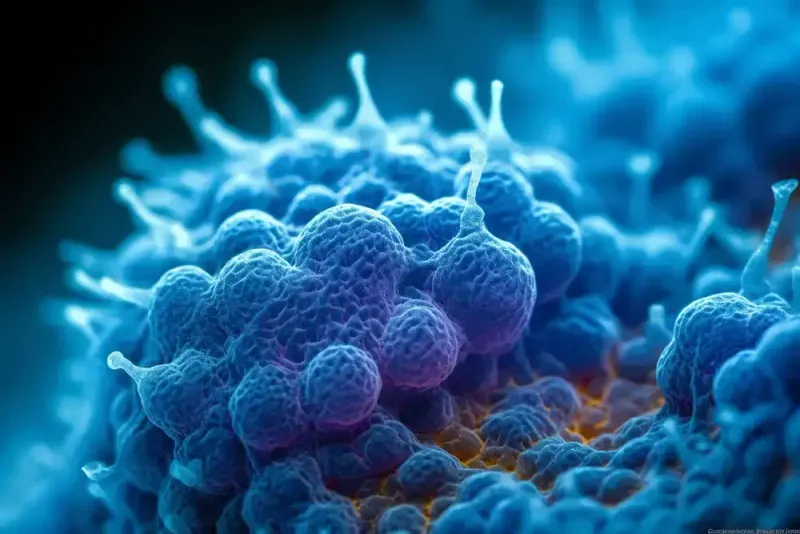Exosomes are creating a lot of buzz in the fields of health, beauty, regenerative medicine, skincare, and hair loss treatments. However, there’s still plenty of confusion about what exosomes really are and how they function. In this blog, we’ll break down the science behind exosomes and uncover what makes them so intriguing.
The Link Between Aging, Hair Loss, and Cellular Information Decline
Aging and hair loss are often caused by the gradual loss of cellular information. As cells age, they lose the ability to function at their best because the genetic instructions that maintain their health start to degrade. You can think of your cells like the hardware of a computer. Over time, just as your computer needs software updates to run smoothly, your cells need constant “updates” to continue functioning properly.
This is where exosomes come in. Exosomes work like software updates for your cells. These tiny, cell-derived particles transport essential genetic material, like RNA and proteins, between cells, facilitating communication and maintaining their functionality. Essentially, exosomes provide the vital information your cells need to continue working efficiently and help slow down the aging process.
The Myth of Exosome Numbers in Products
Many products on the market boast about the high number of exosomes they contain, claiming to have billions in just one small vial. While this sounds impressive, how reliable are these claims?
In reality, current scientific methods are not advanced enough to isolate individual exosomes in such large quantities. When you see claims like “5 billion exosomes” on a product label, the number typically refers to a combination of particles—some containing exosomes, others containing lysosomes and similar structures. Therefore, the exosome count is more of an estimate based on particle content rather than an exact figure of isolated exosomes.
Culture Time and Its Impact on Exosome Purity
The length of time cells are cultured for exosome production plays a critical role in determining the purity of the exosome extract. Cells undergo a process called apoptosis, a form of programmed cell death that removes old or damaged cells. In fact, adult humans lose around 50 billion cells each day through apoptosis.
When cell cultures are extended for too long, the number of cells undergoing apoptosis increases, causing more exosomes to be converted into lysosomes—organelles that digest and dispose of cellular waste. This leads to a decrease in exosomal purity. The longer the culture time, the more lysosomes are produced, which dilutes the quality of the exosome extract.
In biopharmaceutical production, cell death induced by apoptosis not only reduces exosome purity but also introduces apoptotic bodies that can contaminate the final product, making it less effective.

How Are Real Exosomes Defined?
To ensure exosomes in products are genuine and effective, several advanced scientific techniques are employed.
- Advanced Isolation Techniques: Exosome extraction has improved significantly over the years. Innovative methods like ultrasound technology help scientists purify exosomes by separating them from other particles and cellular debris. This leads to high-quality exosome extracts.
- Biomarker Identification: Scientists confirm the presence of real exosomes by identifying specific biomarkers. Proteins such as CD9, CD63, and CD81, as well as lipids and microRNAs (miRNAs), serve as unique markers. These biomarkers act as exosome “fingerprints,” ensuring that what’s being isolated are indeed real exosomes.
- Quality Control: It’s vital to ensure that exosomes are intact and functional. Stringent testing protocols are used to verify that exosomes can perform their intended functions, such as delivering genetic material that maintains cellular health. Without these checks, exosomes may not be effective in supporting cellular regeneration.
Conclusion
Exosomes offer exciting possibilities for anti-aging and regenerative medicine by acting as carriers of crucial cellular information. However, product claims about exosome numbers should be taken with caution, as current methods are not perfect in isolating and counting them individually. Advanced techniques in exosome isolation, biomarker identification, and rigorous quality control are helping scientists move closer to developing truly effective, exosome-based therapies.
By understanding the science behind exosomes and their production, you can make more informed choices about the exosome-based treatments and products available today.

